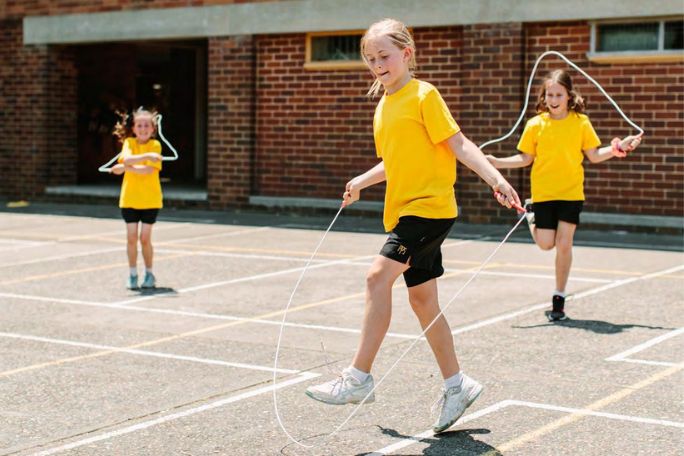Lesson summary
Get young students thinking about their hearts and their health. Start by playing a fun mime game about daily healthy activities, then exploring the basics of the heart’s function in the body. Students consolidate their learning by creating a healthy pledge to become better aware of and active in looking after themselves.
Learning intentions:
Students will...
- understand the complex and diverse meaning of 'health'
- understand the position and function of the heart
- consider ways to keep themselves healthy.
Success criteria:
Students can...
- identify some actions that contribute positively to their health
- make an attainable pledge to improve an aspect of their health.
Lesson guides and printables
Lesson details
Curriculum mapping
Australian Curriculum content descriptions:
Foundation Health and Physical Education:
- Name parts of the body and describe how their body is growing and changing (ACPPS002)
- Identify actions that promote health, safety and wellbeing (ACPPS006)
- Participate in games with and without equipment (ACPMP009)
- Explore how regular physical activity keeps individuals healthy and well (ACPMP010)
Years 1 & 2 Health and Physical Education:
- Recognise situations and opportunities to promote health, safety and wellbeing (ACPPS018)
- Examine health messages and how they relate to health decisions and behaviours (ACPPS021)
- Explore actions that help make the classroom a healthy, safe and active place (ACPPS022)
- Create and participate in games with and without equipment (ACPMP027)
- Discuss the body’s reactions to participating in physical activities (ACPMP028)
Syllabus outcomes: GDES1.9, SLES1.13, PHES1.2, MOES1.4, GSES1.8, ALES1.6, SLS1.13, PHS1.12, GSS1.8, MOS1.4
General capabilities: Personal and Social Capability
Relevant parts of Foundation Health and Physical Education achievement standards: Students recognise how they are growing and changing. They identify different settings where they can be active and demonstrate how to move and play safely. They describe how their body responds to movement. Students use personal and social skills when working with others in a range of activities. They demonstrate, with guidance, practices and protective behaviours to keep themselves safe and healthy in different activities.
Relevant parts of Year 1 & 2 Health and Physical Education achievement standards: Students describe changes that occur as they grow older. They examine messages related to health decisions and describe how to keep themselves and others healthy, safe and physically active. They identify areas where they can be active and how the body reacts to different physical activities. Students demonstrate positive ways to interact with others. They select and apply strategies to keep themselves healthy and safe.
This lesson is part of the wider unit of work Jump Rope For Heart: Jump Starters – Years F-2
Time required: 60 mins
Level of teacher scaffolding: High – facilitate class discussion and scaffold students in their independent work.
Resources required
- Love Your Heart Poster
- Heart Foundation Activity Template – one copy per student
- Whiteboard
Skills
This lesson is designed to build students’ competencies in the following skills:
- Creativity
- Critical thinking
- Adaptability
- Initiative
Additional info
The Heart Foundation’s ready-made skipping program, Jump Rope for Heart, helps primary school students move more and have fun, while they raise funds for heart research, patient support and programs that help save lives.


Welcome back!
Don't have an account yet?
Log in with:
By signing up to Cool.org you consent and agree to Cool's privacy policy to
store, manage and process your personal information. To read more, please see
our privacy policy here(Opens in new tab).
Create your free Cool.org account.
Many of our resources are free, with an option to upgrade to Cool+ for premium content.
Already have an account?
Sign up with:
By signing up to Cool.org you consent and agree to Cool's privacy policy to
store, manage and process your personal information. To read more, please see
our privacy policy here(Opens in new tab).